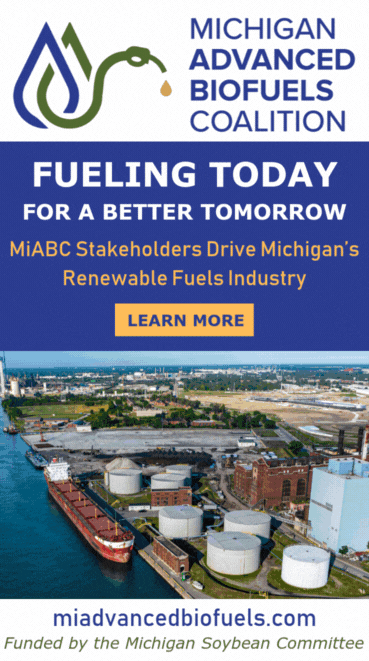Next-gen diesel tech to deliver air, climate benefits to California rail commuters, residents
- The Diesel Technology Forum
- Apr 27, 2021
- 3 min read

Key commuter rail providers in both northern and southern California have each recently announced new investments in the latest and fourth generation of advanced diesel technology to power new locomotives ,along with commitments to use renewable diesel fuels, according to the Diesel Technology Forum, an educational association representing diesel engine, vehicle and equipment manufacturers and fuel producers.
“Decisions by these two key leading commuter rail systems to invest in the newest generation of diesel power speaks volumes about which fuels and technologies are best suited to serve the needs of growing rail systems,” said Allen Schaeffer, DTF executive director. “Today those needs aren’t just the basics of reliable, accessible low-cost service, but also to do it in the way that has the least impact on the environment and the climate, and the Tier 4 diesel engines have near-zero emissions.”
According to Metrolink, the new locomotives and renewable diesel fuel use is part of its first environmentally focused plan. It will invest in near-zero emissions diesel (Tier 4) engines for all of its locomotives with an initial trial of 100 percent renewable diesel fuel in a switcher locomotive with plans to extend 100 percent renewable diesel fuel use to the full fleet.
Metrolink, which made its announcement as part of its climate action plan that addresses climate change, air quality, and other pressing sustainability issues to help advance the regional railway’s aggressive goal for zero emissions by 2028, estimates that the investment in new Tier 4 diesel engines powering its fleet of locomotives, reduce emissions by 85 percent relative to older generations of engines while boosting horsepower by 60 percent.
According to most recent information available, Metrolink owns or leases 63 locomotives while Capitol Corridor operates 10 locomotives.
Capitol Corridor is retiring two older F-59 locomotives and swapping them for new, EPA-certified Tier 4 Charger locomotives. Capitol Corridor’s future green initiative is to run its trains on renewable diesel, which staff is currently testing and hopes to be using in all its trains by 2022.
“Recent research shows that replacing an older-generation locomotive engine with a new Tier 4 near-zero emissions diesel engine is similar to taking 8,000 cars off the road for a year, and that’s not counting the cars people leave at home because they choose to take commuter rail,” Schaeffer said. “These are real and immediate clean air benefits to riders and the communities in which the line serves.”
Both rail operators also announced plans to switch to 100 percent renewable diesel by 2022 to reduce petroleum fuel use and deliver substantial greenhouse gas emission reductions.
“The diesel engine originally patented by Rudolph Diesel was designed to operate on biobased diesel fuel and today the same holds true as diesel engines old and new may operate on 100 percent renewable diesel fuel,” Schaeffer said. “Renewable diesel fuel can reduce greenhouse gas emissions by upwards of 80 percent when replacing petroleum-based fuels, according to research commissioned by several air districts in California. The fuel is derived from waste vegetable oils and waste animal fats. The biggest greenhouse gas emissions reductions from the transportation sector in California have come from the switch to biodiesel and renewable diesel fuel, not from electrification. These fuels have generated far more climate benefits in California than the switch to electrified cars, trucks and buses by a factor of about three to one. Of course, it takes a diesel engine to realize these benefits. Reducing greenhouse gas emissions from the transportation sector is a formidable challenge that is without a one-size-fits all solution, which is why that near-term ready options like the newest generation of diesel power using renewable biobased diesel fuels must be a key part of future strategies. These new locomotives will deliver immediate term clean air and climate benefits directly to frontline communities without waiting for infrastructure or other changes that are required when switching to other fuels and technologies.”


































